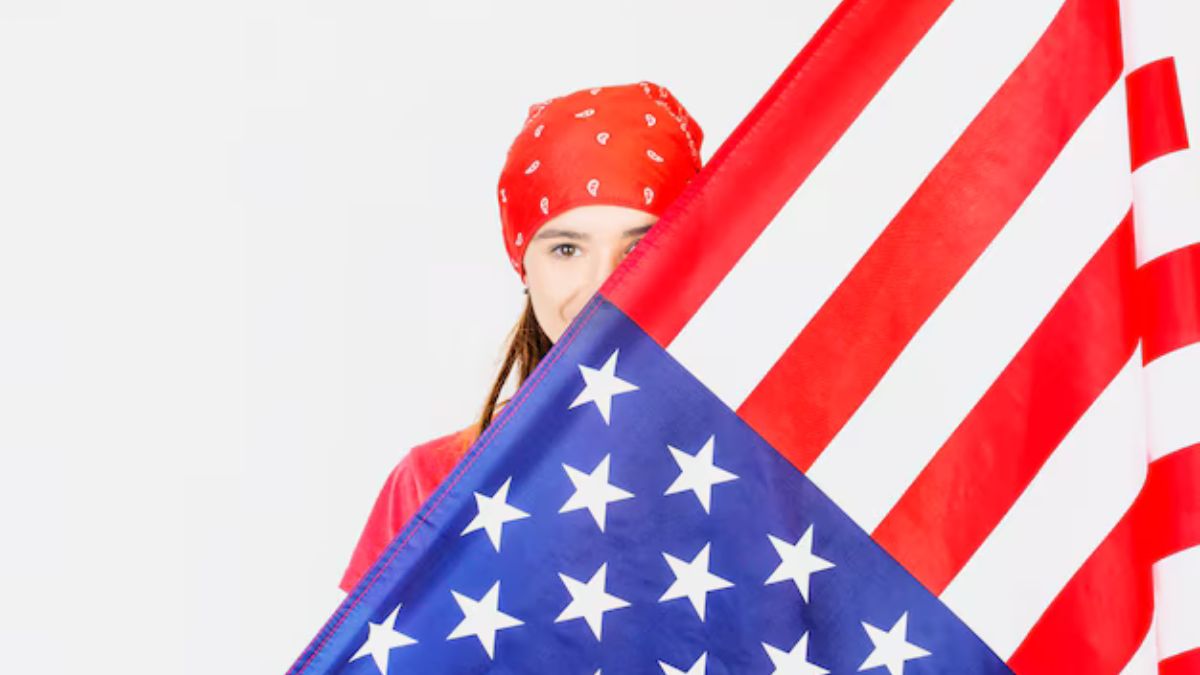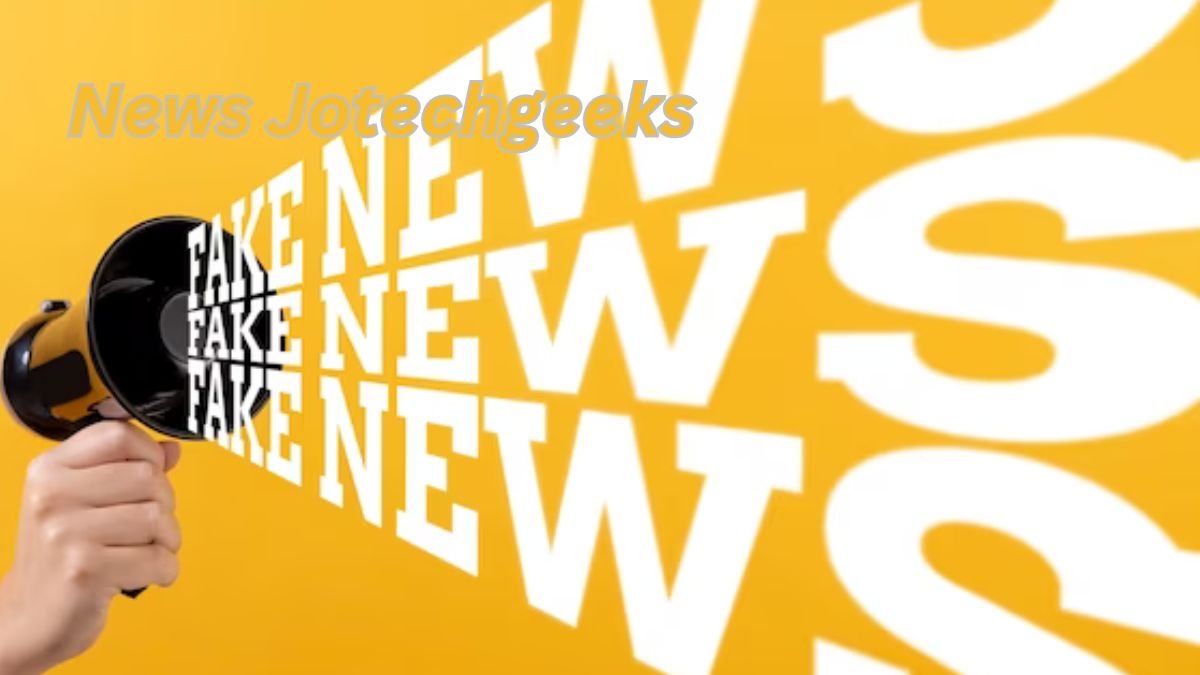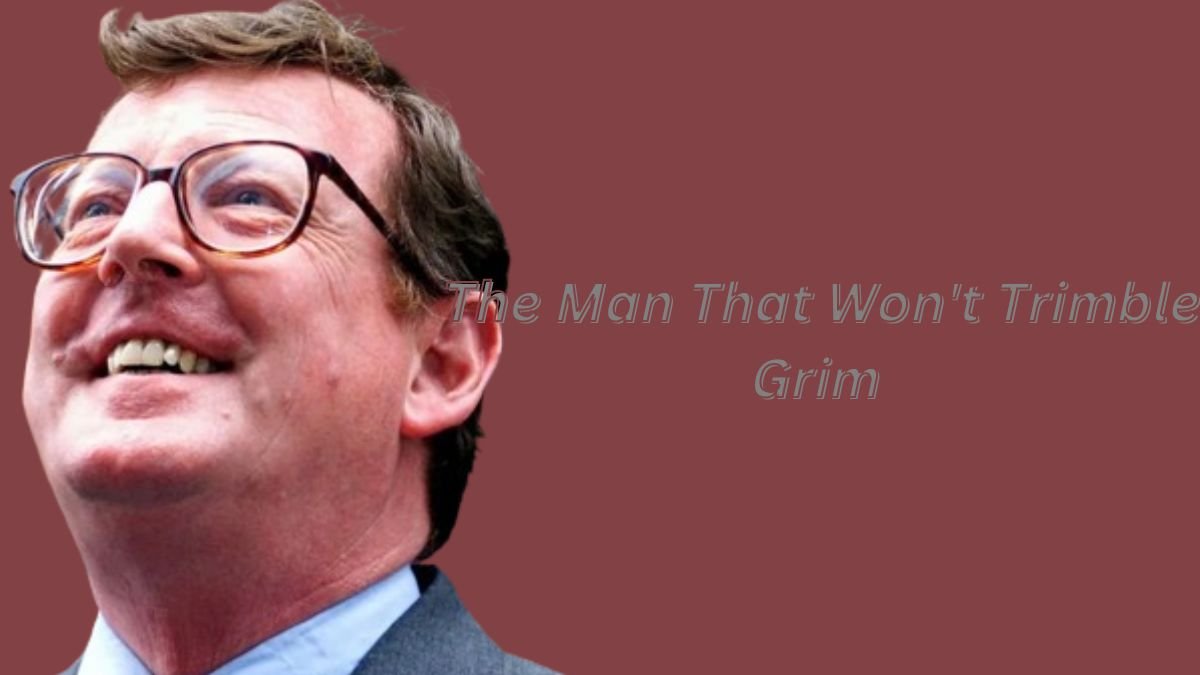The Trump Flag, an emblem that has risen to prominence in recent years, serves as a powerful symbol in the political landscape of the United States. Its emergence and widespread use reflect broader trends in political symbolism and cultural identity. Understanding the cultural significance of the Trump’Flag in modern politics requires a deep dive into its origins, symbolism, public perception, and broader implications.
The Evolution of Political Symbols
Political symbols have long played a crucial role in representing ideologies, rallying supporters, and communicating messages. From the eagle of ancient Rome to the hammer and sickle of the Soviet Union, symbols condense complex ideas into simple, recognizable images. In the modern era, political symbols have evolved to reflect the changing dynamics of political communication and mass media. The Trump’Flag is a continuation of this tradition, embodying the values, aspirations, and controversies associated with the 45th President of the United States.
The Emergence of the Trump Flag
The Trump’Flag first appeared during the 2016 presidential campaign, quickly becoming a fixture at rallies and events. Initially, it was a straightforward representation of support for Donald Trump, featuring his name in bold letters against a background of red, white, and blue. Over time, the design of the Trump’Flag has diversified, incorporating various slogans, images, and themes that resonate with his supporters. Its evolution mirrors the shifting strategies and priorities of the Trump movement itself.
Symbolism of the Trump’Flag
The Trump’Flag’s symbolism is multifaceted, drawing on traditional patriotic imagery while introducing new elements. The colors red, white, and blue evoke the American flag, reinforcing themes of nationalism and patriotism. The bold typography and often simplistic design emphasize clarity and strength, qualities that Trump himself has championed. Additional symbols, such as the MAGA slogan, amplify specific aspects of Trump’s political agenda and persona.
Read Also: Lake Orion High School Robotics Team: Innovating the Future of STEM Education
The Trump’Flag in Political Rallies
One of the most prominent venues for the Trump’Flag is the political rally. These events, characterized by their energetic and often theatrical nature, provide a stage for the display of the Trump’Flag. It serves not only as a sign of allegiance but also as a tool for building a sense of community and solidarity among attendees. The visual impact of a sea of Trump flags waving in unison creates a powerful image of unity and strength.
Media and the Trump Flag
Media coverage of the Trump’Flag has been extensive and varied. News outlets, social media platforms, and documentaries have all captured its presence and significance. The representation of the Trump’Flag in media reflects broader narratives about Trump’s presidency and the political climate in the United States. Positive portrayals often highlight patriotism and grassroots support, while critical perspectives may focus on issues of divisiveness and controversy.
Public Perception of the Trump’Flag
Public perception of the Trump’Flag is deeply polarized. For supporters, it is a proud declaration of their political beliefs and a symbol of resistance against perceived establishment forces. For critics, it can be a provocative emblem associated with divisive rhetoric and policies. This dichotomy underscores the broader cultural and political divide in the United States, where symbols like the Trump’Flag become focal points for broader debates.
The Trump’Flag in Pop Culture
The influence of the Trump’Flag extends into pop culture, where it appears in various forms of art, music, and fashion. Artists have used it to make statements, both supportive and critical, about Trump’s impact on American society. In music, the Trump’Flag has been featured in lyrics, album covers, and performances, reflecting the complex relationship between politics and entertainment. Fashion designers have incorporated the flag into clothing and accessories, further embedding it into the cultural fabric.
The Trump’Flag and National Identity
At its core, the Trump’Flag raises questions about national identity. Is it a symbol of true patriotism or a partisan banner? For many, it represents a reclaiming of American values and a rejection of political correctness. For others, it signifies an exclusionary vision of nationalism. The Trump’Flag thus becomes a lens through which to examine the competing definitions of what it means to be American in the 21st century.
Comparisons with Other Political Symbols
Comparing the Trump’Flag to other political symbols reveals both similarities and unique aspects. Like the “Don’t Tread on Me” flag or the Confederate flag, it carries a potent mix of historical and contemporary meanings. Each symbol has its context and connotations, yet they all serve as rallying points for specific ideologies. The Trump’Flag’s particular resonance lies in its direct association with a living political figure and a current political movement.
The Role of Social Media
Social media has amplified the reach and impact of the Trump’Flag. Platforms like Twitter, Facebook, and Instagram allow supporters to share images and messages, creating virtual communities centered around the flag. Hashtags, memes, and viral posts contribute to its visibility and influence. This digital dimension adds a layer of immediacy and interactivity to the Trump’Flag’s cultural significance, making it a dynamic and evolving symbol.
Read Also: Celebrating Lives through Butler Eagle Obituaries
Legal and Ethical Considerations
The display and use of the Trump’Flag raise legal and ethical questions. In the United States, freedom of speech protections cover the right to display political symbols, but this right is not absolute. Incidents involving the Trump’Flag at public events have sometimes led to legal disputes and ethical debates about the boundaries of free expression. Balancing these rights with concerns about public order and respect for differing views is an ongoing challenge.
The Trump’Flag in International Context
The Trump’Flag’s significance is not confined to the United States. Abroad, it is often viewed through the lens of American foreign policy and global perceptions of Trump. In some countries, the flag is a symbol of solidarity with Trump’s policies, while in others it is seen as a sign of American unilateralism and populism. These international perspectives highlight the complex interplay between domestic symbols and global politics.
Merchandising and Commercialization
The commercialization of the Trump’Flag has turned it into a lucrative business. From T-shirts and hats to mugs and bumper stickers, the flag appears on a wide range of merchandise. This commercialization reflects the blending of politics and consumer culture, where political symbols become marketable products. It also raises questions about the commodification of political movements and the line between activism and profit-making.
The Trump’Flag and Protest Movements
The Trump’Flag is not only a symbol of support but also a target for opposition. Protest movements have used it to critique Trump’s policies and the broader political landscape. In some cases, the flag has been burned or defaced as an act of protest, sparking further controversy and debate. These dynamics illustrate the flag’s role in the contentious arena of political activism.
Psychological Impact of Political Symbols
Political symbols like the Trump’Flag have a profound psychological impact. They can evoke strong emotions, shape perceptions, and influence behavior. The sight of the Trump’Flag can inspire feelings of pride, anger, fear, or hope, depending on one’s political beliefs. Understanding this psychological dimension is key to comprehending the flag’s cultural significance and its role in modern politics.
The Future of the Trump’Flag
The future of the Trump’Flag is uncertain, but its legacy will likely endure. Whether it remains a potent symbol of a political movement or fades into historical memory, it will continue to be a reference point for discussions about Trump’s impact on American society. Its evolution will be shaped by political developments, cultural shifts, and the ongoing dialogue about national identity.
The Trump’Flag in Education
In educational settings, the Trump’Flag serves as a topic for teaching and debate. It offers a case study in political symbolism, cultural identity, and the dynamics of modern politics. Educators can use the flag to explore themes of patriotism, partisanship, and the power of symbols. Engaging students in discussions about the Trump’Flag can foster critical thinking and a deeper understanding of contemporary political issues.
Analyzing the Trump’Flag Through Different Lenses
To fully appreciate the Trump’Flag’s significance, it is helpful to analyze it through various academic lenses. Sociological perspectives can shed light on its role in group identity and social movements. Anthropological views can explore its cultural meanings and rituals. Political science approaches can examine its impact on electoral behavior and policy debates. Each lens offers unique insights into the flag’s multifaceted role in modern politics.
The Trump’Flag’s Influence on Voting Behavior
The Trump’Flag has influenced voting behavior by mobilizing supporters and reinforcing political identities. It serves as a visual reminder of the values and policies associated with Trump, potentially swaying undecided voters and galvanizing the base. Understanding this influence requires examining the psychological and social factors that drive political participation and the power of symbols in shaping public opinion.
The Trump’Flag and Freedom of Expression
The Trump’Flag embodies the tensions inherent in freedom of expression. Its display is protected under the First Amendment, yet it can also provoke strong reactions and conflict. Balancing the right to express political beliefs with the need for respectful discourse is a delicate task. The Trump’Flag thus becomes a symbol of the broader challenges facing democratic societies in managing diverse viewpoints.
The Role of the Trump’Flag in the 2020 Elections
The 2020 elections provided a vivid context for the Trump’Flag’s significance. It was a prominent feature at rallies, protests, and media coverage, symbolizing the high stakes and intense emotions of the election. Analyzing the flag’s role in this pivotal moment offers insights into its impact on political campaigns and voter behavior, as well as its broader cultural resonance.
Controversies Surrounding the Trump’Flag
Controversies have surrounded the Trump’Flag from its inception. Incidents involving the flag have sparked debates about its meaning, appropriateness, and impact. These controversies highlight the deeply polarized nature of modern politics and the powerful role of symbols in shaping public discourse. Examining these incidents provides a deeper understanding of the flag’s contentious place in society.
The Trump’Flag as a Communication Tool
Beyond its visual appeal, the Trump’Flag functions as a powerful communication tool. It conveys messages, rallies supporters, and provokes reactions. Its effectiveness lies in its simplicity and emotional resonance, making it a versatile and impactful symbol. Understanding the communicative power of the Trump’Flag involves exploring how symbols influence political messaging and public engagement.
Conclusion
The Trump’Flag, with its rich symbolism and cultural significance, stands as a potent emblem of modern politics. It encapsulates the complexities of national identity, political partisanship, and the power of symbols in shaping public life. As we continue to navigate the evolving political landscape, the Trump’Flag will remain a key reference point for understanding the broader dynamics of political expression and cultural identity in the United States.











